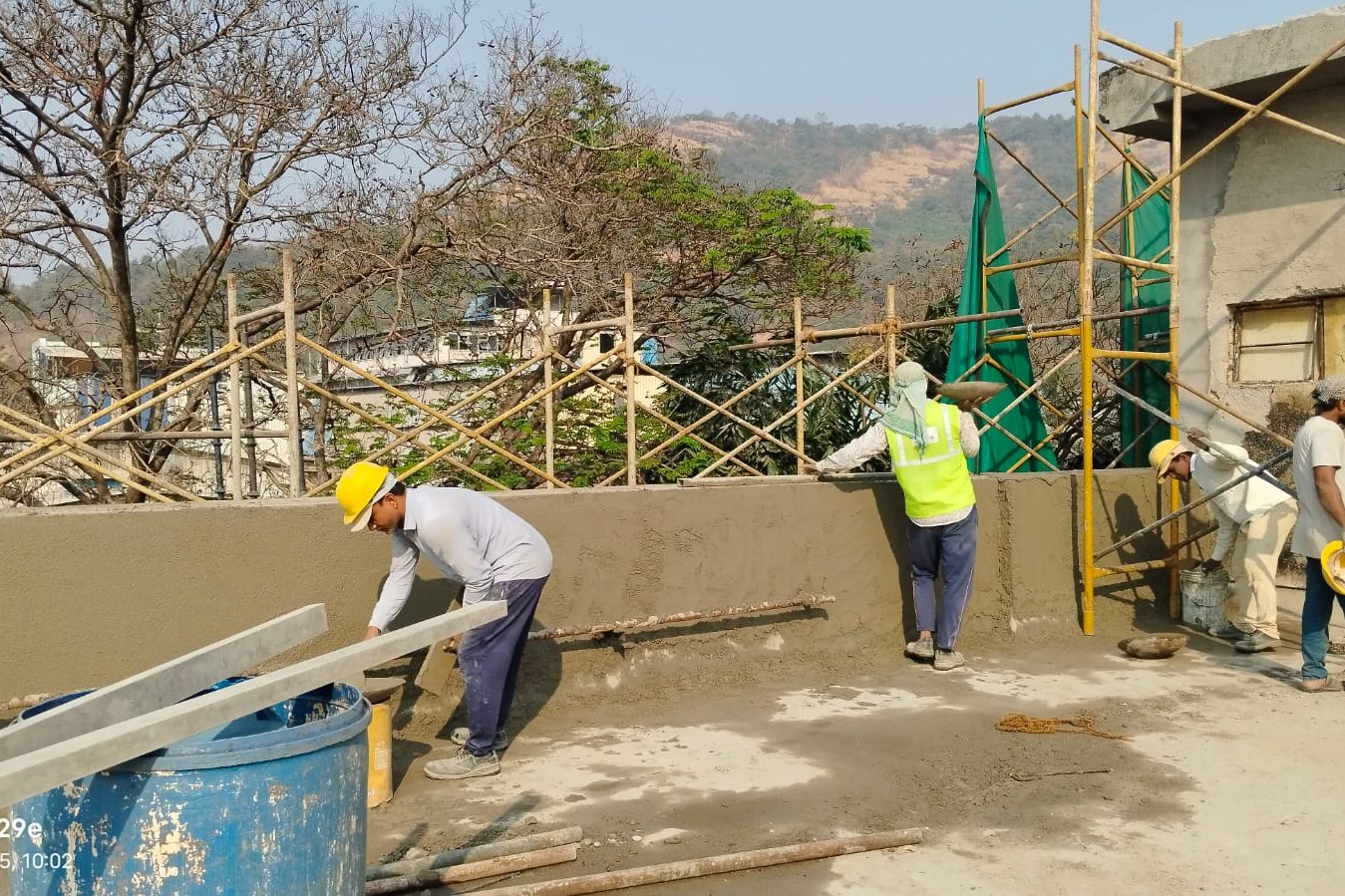Understanding Structural Repair
What is Structural Repair?
Structural repair involves restoring damaged or deteriorated building parts to ensure stability and longevity. This process includes fixing cracks, reinforcing foundations, and replacing compromised materials. The goal is to maintain the structure’s integrity while preventing further damage.

When is Structural Repair Necessary?
Structural repair becomes necessary when visible signs of damage appear, such as deep cracks in walls, sagging floors, or foundation settlement. Other indications include water leakage, corrosion of reinforcement bars, and weakening of load-bearing walls. Early intervention prevents costly repairs and ensures occupant safety.
Pros of Structural Repair Work
Enhances Building Safety
A well-maintained structure is crucial for safety. Structural repairs prevent hazards like collapses, falling debris, and compromised load-bearing elements, reducing the risk of injuries and legal liabilities.
Extends the Lifespan of Structures
Regular maintenance and timely repairs can extend the life of a building by decades. Reinforcing foundations, repairing cracks, and sealing weak points help structures withstand environmental and physical stresses.
Increases Property Value
A structurally sound building is more valuable in the real estate market. Buyers and investors prefer properties with fewer maintenance concerns, making structural repairs a wise investment.
Cost-Effective Compared to Reconstruction
While structural repairs require investment, they are far less expensive than demolishing and rebuilding an entire structure. Timely repairs prevent costly failures that would require extensive reconstruction
Cons of Structural Repair Work
High Initial Investment
Depending on the extent of damage, structural repairs can be costly. Costs may include material expenses, professional fees, and labour, making it a significant financial commitment.
Temporary Disruptions and Inconvenience
Structural repairs often require temporary relocation or restricted access to certain parts of the building. Noise, dust, and construction activity can cause inconvenience to occupants.
Requires Skilled Professionals
Not all contractors specialize in structural repairs. Hiring skilled professionals is necessary to ensure that repairs meet safety standards, which can limit options and increase costs.
Maintenance and Follow-Ups are Essential
Even after repairs, regular inspections and maintenance are crucial to ensure long-term effectiveness. Ignoring follow-ups can lead to recurring issues and additional expenses.
How to Decide Whether Structural Repair is Needed?
Assessing the need for structural repair depends on the severity of damage, long-term cost implications, and safety concerns. Consulting structural engineers for a professional evaluation can help determine the best course of action
Conclusion
Structural repair work offers numerous benefits, from enhanced safety to cost savings, but it also comes with challenges like high initial investment and potential disruptions. Property owners should weigh the pros and cons carefully and seek professional advice to make informed decisions. By addressing structural issues proactively, buildings can remain safe, functional, and valuable for years to come.
- Why Retrofitting is Important for Buildings: Structural Strengthening, Waterproofing & Building Repairs with Zindus
- Seal the Deal: Why Terrace Waterproofing is the Smartest Investment for Old Buildings
- Say Goodbye to Damp Walls! Weatherproof Painting & Waterproofing Secrets Revealed
- Rehabilitation Redefined | Strengthen, Beautify & Protect Old Structures – Zindus
- Revive Aging Buildings with Modern Waterproofing | Zindus

Ernestopro.com offers exceptional solutions for structural repair, ensuring that buildings are safe, durable, and long-lasting. Their expert team understands the importance of timely repairs to extend the lifespan of structures and enhance property value. I highly recommend ernestopro.com for reliable and cost-effective structural repair services that meet the highest standards of quality and safety.
Thank you for your valuable feedback and recommendation. We appreciate your recognition of innovative solutions in the field of structural strengthening. At Zindus Infra, we are committed to delivering reliable and long-lasting results, whether for new construction or retrofitting projects. Your support motivates us to continue enhancing building safety and structural integrity.
This post is extremely radiant. I really like this post. It is outstanding compared to other posts I’ve read in quite a while. Much obliged for this better-than-average post. I truly value it!
Great article! 👏 You’ve clearly explained the risks and rewards of structural repair work — something many property buyers overlook in their excitement to grab a “good deal.”
I’d also like to add that before even reaching the stage of repair work, it’s critical to verify the land or property you’re buying — especially around developing areas like Mumbai’s outskirts.
Often, the root cause of structural issues lies in poor land quality, illegal construction, or unclear zoning, which could have been avoided with the right due diligence.
For anyone planning to invest in land or property in Maharashtra, I highly recommend checking out 👉 http://www.mahabhoomi.site — a platform dedicated to land verification, zoning clarity, NA status checks, and overall land education. It’s been a game-changer for investors who want to avoid legal and structural surprises later on.
Thanks again for shedding light on this important topic! 💡
This post is extremely radiant. I really like this post. It is outstanding amongst other posts that I’ve read in quite a while. Much obliged for this better than average post. I truly value it!
Well this is awesome post and written very well. Your point of view is very good.